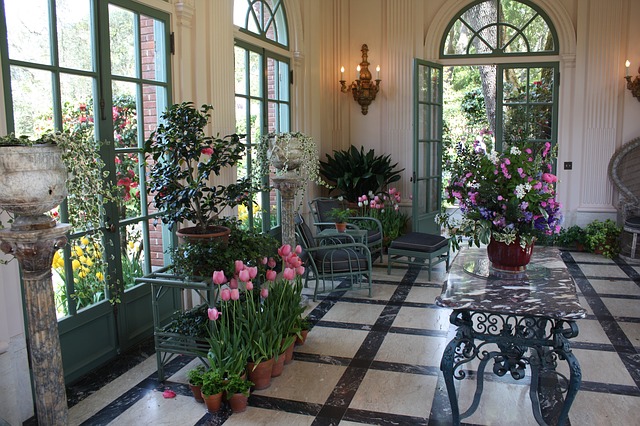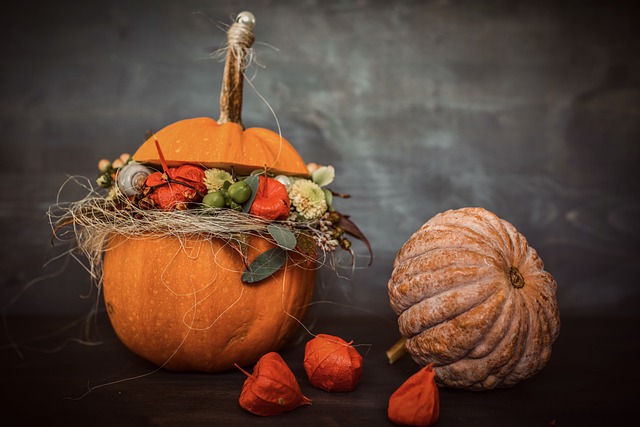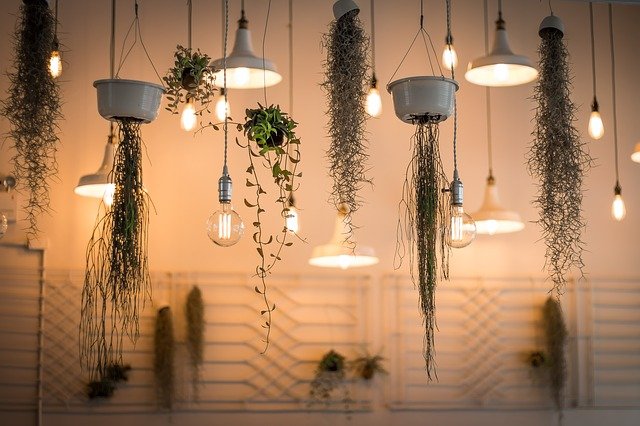It’s Possible To Exactly Match Natural Hues Today
Granted, paint mixing techniques across the world have made it possible to precisely reflect natural coloration for many centuries. However, on an industrial scale, such potential hasn’t been as tangible as it is now. Paint mixing is supported by computational technology has numerically isolated precise colors utilizing digital technological capabilities.
Now, you can bring in a leaf from a tree, that leaf can be scanned into a paint coloration template for mixing, and voila, your house can be colored the same as a tropical rain forest. Certainly, not many people are plucking leaves from trees to define paint shades. However, this can be easily done.
Accordingly, many decorators are moving beyond previous restrictions in coloration. Since you can essentially pick any shade you like, why not pick precisely those which move you? And why not make your home look as though it were such a part of the natural topography of your home, that it appears to have sprung from the ground without the help of human hands?
In answer to such questions, modern homeowners have turned to nature for inspiration. Home interiors need not feel man-made at all, though they obviously are. Proper coloration and design can give them an organic flavor that rests in the subconscious like a friendly forest nymph. Here we’ll explore how 2021 design inspirations increasingly reflect nature.

1. The Biophilic Angle
No, biophilia is not some sort of physical attraction to plants and natural settings—well, not yet, anyway; the jury is out on how far society can wrench the Overton Window from its frame. The point is, this isn’t the intent as regards interior design. The trend in biophilic design is making international waves—here’s what Better Homes & Gardens had to say on the topic.
Essentially, the idea is to make the inside of a home seem as though it were an extension of nature. In a phrase, interior designs are made to look as though they came from exterior locales. Long snake plants and vines are put in corners and along the interstices where walls meet ceilings. Many homes feature atrium architecture for natural lighting.
This isn’t a new thing, it’s more of a resurgence. If you look at New York City’s skyline, you’ll see several skyscrapers with rounded domes that prove this reality. Architecture has always sought to facilitate a sort of balance between nature and artificial dwellings. Sometimes the balance is a strictly oppositional design, other times it is complimentary.
When it comes to home design today, beyond simple painting trends, architecture is designed with natural lighting and interior foliage in mind. The “Earthship” movement even makes this feasibly sustainable—interior gardens and water maximization combine for even more harmony in design. In 2021, organic design trends are on the rise again.
2. Earthy Tones And Autumn Themes
Some interior decorators have seasonal themes for the furniture, blankets, towels, and decorations in their homes. As the leaves fall, outcome autumnal place settings, calendars, and floral arrangements. In line with biophilic home design, there are a few houses that structure rooms to follow the sun’s track across the sky.
Certainly, place settings, furniture, and paint schemes can be put into play which is conducive to specific or multiple seasons. In part, it will depend on where you live. For example, if you live in the American Southwest, things are just slightly cooler and darker in the winter—maybe you get a little more rain, but not much.
Accordingly, one color scheme with desert overtones might be all you need to act as a sort of year-round seasonal mirror. If you’re in the northern states of the USA, things are a bit different; you’ll have distinct divisions between spring, summer, fall, and winter. Earthy tones tend to match any season; even winter, provided such tones are decoratively contrasted.
In 2021, earthy tones and autumnal themes are certainly in fashion. Wallpaper, paint design, and trim tend to have deep reds or light browns which are aesthetically contrasted with one another. This is in strict reaction to colder tones of a municipal, industrial quality. In a nutshell, what 2020 and 2021 have seen is an increase toward aesthetic natural influences.

3. A Clean Palette For Your Kitchen
Of course, it can be hard to pick out the right colors, and there’s always the possibility you’ll want to change something. A little experimentation may be in order, and there are a few different ways to go about this. One is acquiring cabinetry that is precisely moldable in shape and design to your preferences.
This is what RTA, or Ready To Assemble, cabinetry is all about. There’s no reason spacious kitchen cabinets need not precisely conform to the shape of the space where they’re installed. At the link, you’ll find white shaker cabinetry, among other options. Think of white cabinets as a sort of template from which to explore different color schemes.
You can always paint over the white with relative ease—provided the wood or other building material beneath isn’t rotted. Essentially, you might attach some swatches of color across these cabinets in contrast to the rest of the room, then choose the right paint schemes for later application. Until then, you’ve got a clean white cabinet option that matches everything.

Finding Colors That Fit Your Home
2021 is leaning into natural themes; explore what’s available and find what works for you! It’s worth remembering that nature tends to be the finest artist.
Starting from a clean slate and applying hues that match your local environment could be a good step, as was explored in the section on RTA cabinetry. Meanwhile, earthy tones and autumnal themes are very popular presently, and the biophilic angle defining interior décor has resurged to such a degree a new term has been coined.